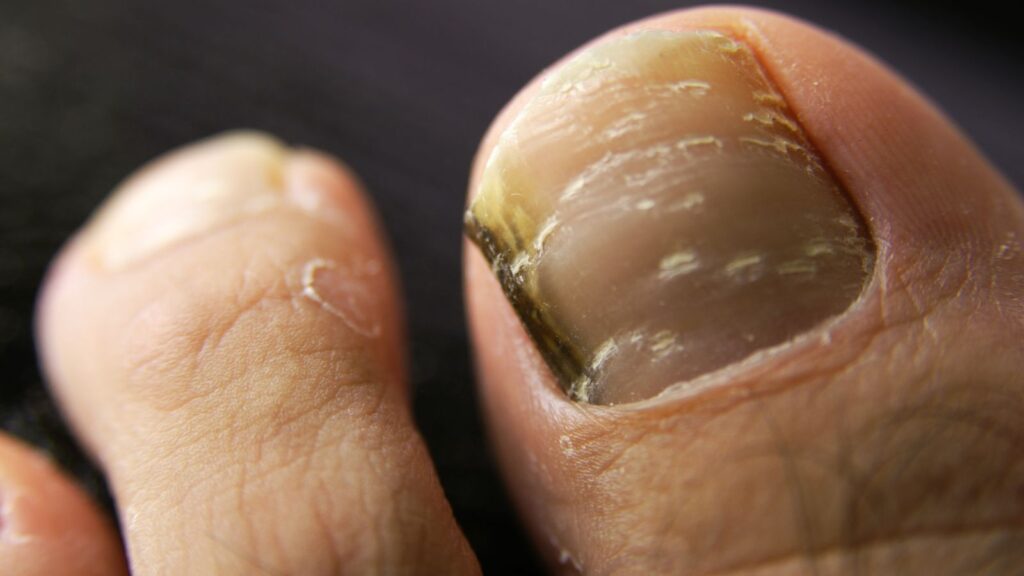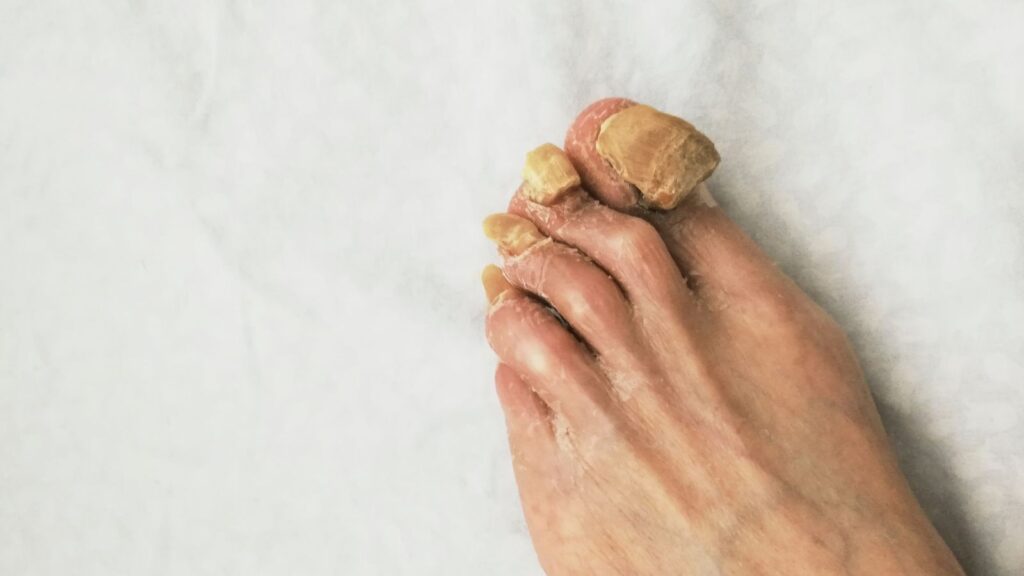Imagine waking up to an itchy, red rash on your skin and wondering, “What on earth could this be?” Often, the culprit is a skin fungus. These pesky invaders, while not life-threatening, can certainly be a nuisance, causing discomfort and requiring care to manage effectively.
Understanding Skin Fungus

The fungi latch onto the keratin present in the outermost skin layer, leading to diverse infections. Dermatologists often see it subtly invading into the sweat glands, hair, nails, and the epidermis, causing a myriad of symptoms varying based on the type of fungus present.
Causes of Skin Fungus
Environmental Factors Leading to Skin Fungus
Thriving in warm, damp environments, fungi find places like public showers, pools, and locker rooms ideal for growth. Prolonged exposure to these locations could elevate a person’s risk of picking up a fungal skin infection. Consider an instance where an individual walks barefoot in a gym shower that someone with Athlete’s Foot had previously used. This person can then unknowingly become the next carrier of the fungi responsible for the infection.
Similarly, the weather plays a significant role. Statistics reveal that individuals living in tropical, humid regions are more susceptible to fungal skin infections than those in drier climates. Such environments offer the perfect breeding grounds for these insidious microorganisms, hence the increased prevalence.
Personal Health and Skin Fungus

When looking at the personal side of the spectrum, the state of a person’s health can indeed influence the development of fungal skin infections. Immunocompromised individuals – for example, those battling chronic illnesses like diabetes or HIV/AIDS – are particularly at risk, as their bodies’ reduced defense mechanisms provide an easier route for fungi to invade the skin.
In addition, lifestyle choices may inadvertently encourage fungal growth. Wearing tight, non-breathable clothing and shoes, for instance, creates a warm, humid environment that fungi thrive in, especially on the feet and groin area. Regular hygiene practices are therefore critical in keeping these microorganisms at bay.
Identifying Skin Fungus Infections
Signs and Symptoms
Skin fungus demonstrates distinctive signs. Itchiness characterizes many fungal infections, leading to irritation and discomfort. Redness, scaly patches, or blisters may also present, providing visual evidence of the infection. Patches of discolored skin, typically lighter or darker than normal, often appear in areas affected by fungus.
Candida, a type of yeast, generates white patches, primarily observable in the mouth or throat. A more systemic yeast infection, such as thrush, may cause headaches, fatigue, and a distinctive white coating on the tongue. Distinguishing symptoms such as these offer valuable clues leading to accurate identification of skin fungus infections.
Skin Fungus Vs Other Skin Conditions

Differentiating between fungal infections and other skin conditions is often tricky. Eczema, psoriasis, and dermatitis, for instance, cause red, itchy, flaky skin, similar to fungal infections. However, fungal infections typically show unique characteristics. Ringworm, one common fungal infection, forms a ring-like red rash, discernable amongst other skin issues.
Intertrigo, another fungal condition, creates a raw, red area usually seen on body folds. Moreover, skin fungus is identifiable using a simple test. Dermatologists scrape the skin, examine the sample under a microscope, and can identify a fungal infection within minutes. This immediate detection differs from other skin conditions that may necessitate extensive testing for a definitive diagnosis.
Managing Skin Fungus
Navigating the world of skin fungus doesn’t have to be daunting. Armed with the knowledge of common infections and their causes, anyone can take proactive steps to manage and treat these conditions. Recognizing symptoms like itchiness, redness, and scaly patches can be key in identifying a potential fungal infection. Remember, skin fungus often presents in unique ways, such as ring-like rashes or redness in body folds.

